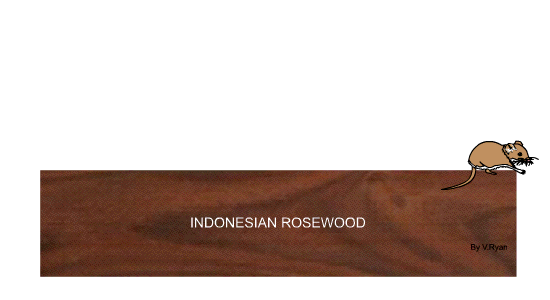| CLICK HERE FOR INDEX PAGE |
| INDONESIAN ROSEWOOD |
| V. Ryan © 2008 |
| This is the only Rosewood available in commercial
quantities. Being plantation grown, although not Certified, replanting is
taking place. Compared to forest grown timber, plantation grown stock does
not have the wild dense grain. Dalbergia latifolia Family: Leguminosae Distribution: The same species as Indian Rosewood except that it is plantation grown in Indonesia. |
 |
|
General Description: From rose to dark
purple-black. The grain is narrowly interlocked producing a ribbon grain
figure; the texture uniform and moderately coarse and the surface dull but
with a fragrant scent. It weighs about 850kg/m3 (53lb/ft3); specific
gravity .85. |
| CLICK HERE FOR NATURAL WOODS IN DETAIL |
| CLICK HERE FOR RESISTANT MATERIALS INDEX PAGE |